In 2001, with Cristian Confalonieri, you founded the platform Fuorisalone.it, and in 2009 you created the Brera Design District, a project that has now become an international brand. Then there is the added element of Studiolabo, your communication design studio. Let’s take a trip in time. Show us an imaginary photograph of your first Fuorisalone. What do we see?
The photograph is from the mid-1990s, and it shows my encounter with the designers Philippe Starck and Ross Lovegrove. We’re at Driade, on Via Manzoni. At the time I was studying at the Scuola d’Arte per Architettura e d’Arredamento in Cantù, a city that is a cradle of design; in the summer I was an apprentice in the workshop of the master cabinetmaker Pierluigi Ghianda. With my father, another cabinetmaker, I visited the Salone del Mobile and the city of Milan: in that period the designers were stars, almost impossible to approach. The Fuorisalone represented an opportunity to come into contact with them, a chance for networking: a key word that defines the success and value of the Fuorisalone, a phenomenon that has not been able to gain a comparable foothold in other capitals, precisely because it is based on a typically Italian concept of culture and relations.
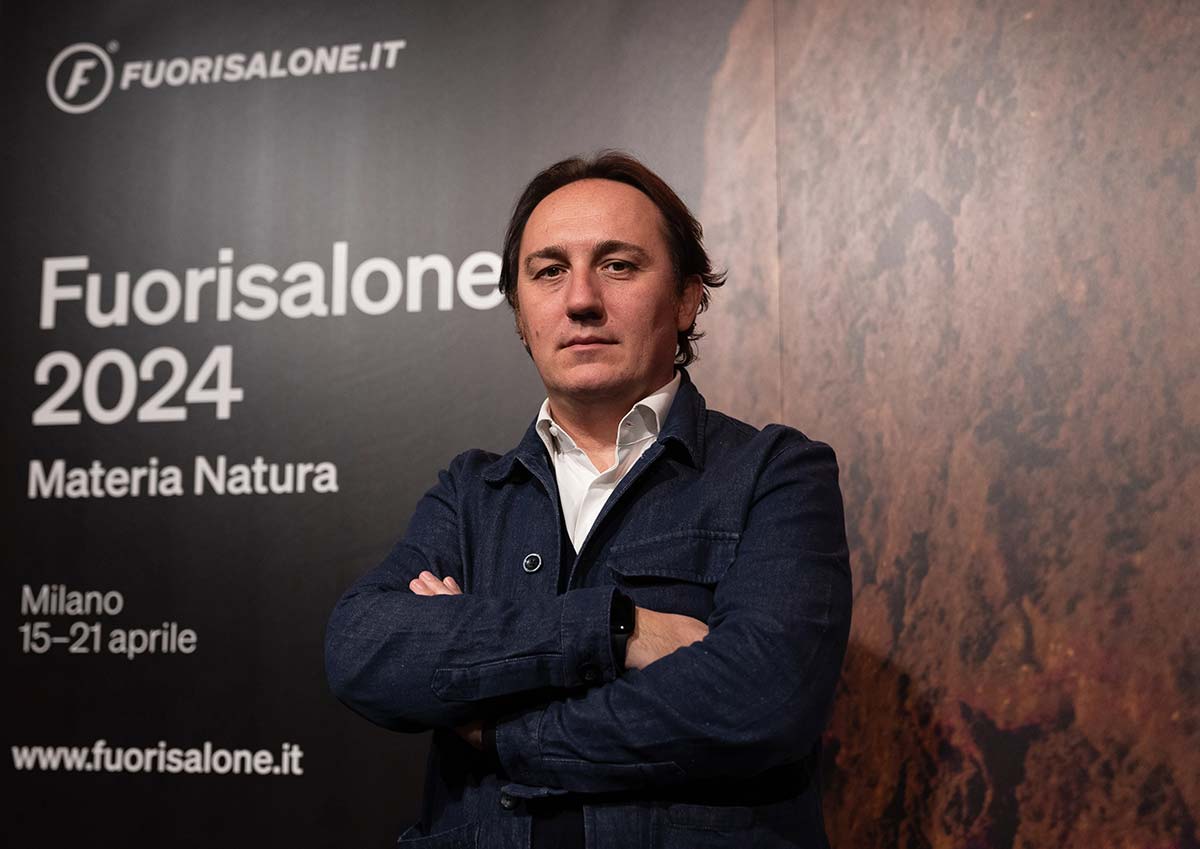
When did you understand that you wanted to be part of this scenario?
From 1996, in the Department of Design of the Milan Polytechnic, I began to develop a passion for design history, and I met some of the designers — who were also our professors. We all looked forward to the design week, our carnival, an epic moment of celebration. The whole world came to the city and there were opportunities for encounters, relationships and fun: the character of a party was fundamental. For me, this is the start of the feeling that I wanted to be a part of it all. And this led to the platform Fuorisalone.it.
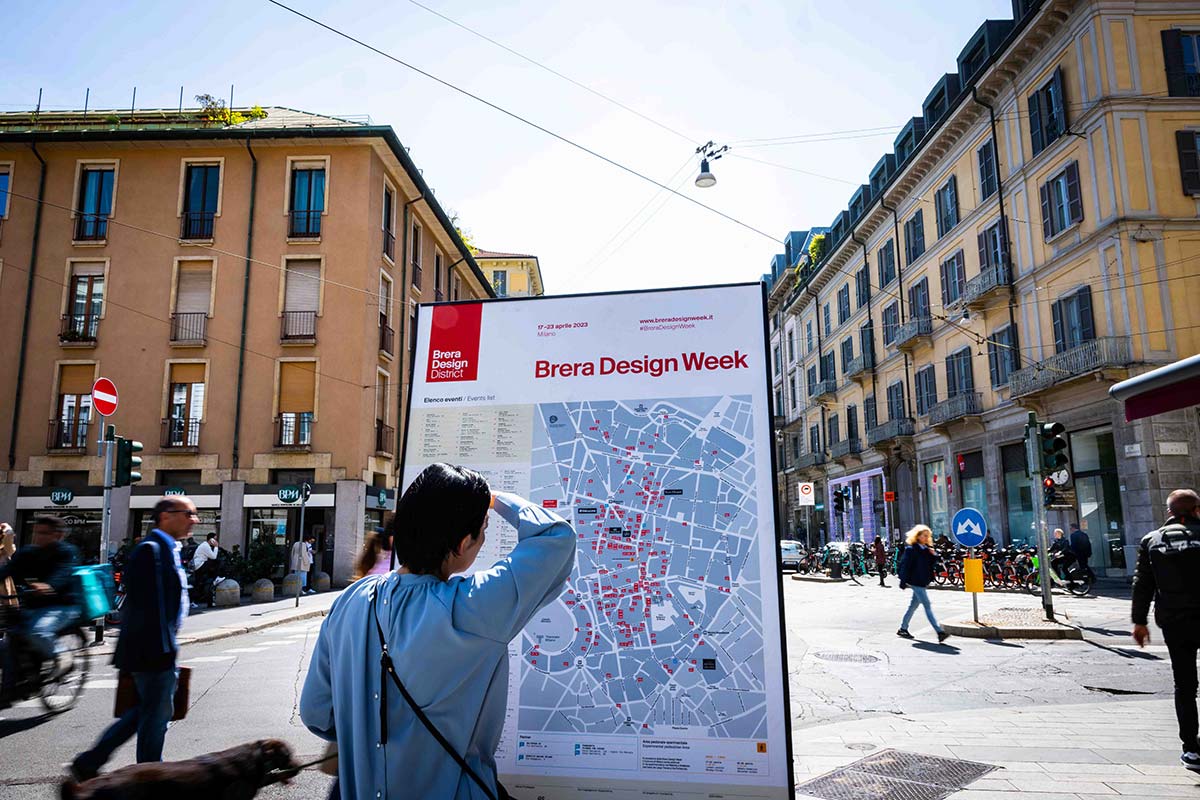
With Fuorisalone.it, which was also your degree project, you have become an active part of the scene.
Cristian and I were in school at the right moment in the right place, in which people were starting to talk about digital methods and communication: combining two types of expertise, that of design and that of digital communication, in 2000 we developed a project around the theme “why doesn’t Milan have a design museum?” Our response was that a design museum made no sense, because design is a vital experience, to be lived through relationships: the Fuorisalone was already a design museum. This led to the first official website, launched in 2003, structured as an agenda of events and a mapping of the city. The initiative attracted its first sponsors, and it enabled us to get involved with Zona Tortona: we began to come to terms with the challenges of territorial marketing. For example: what does it mean to give a zone a brand name and to communicate it’s initiatives during the design week?
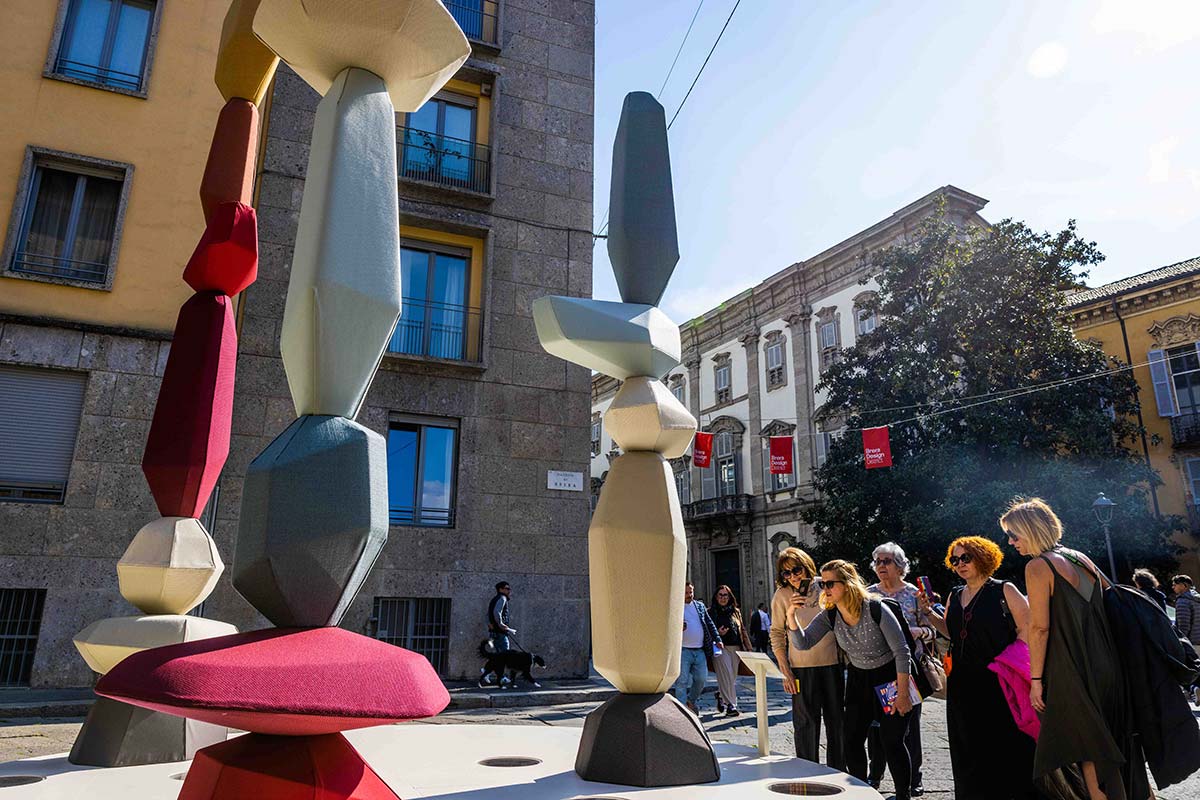
For you those were fundamental years, full of significant steps forward: after Tortona, you worked on Porta Romana, then Mecenate and Bovisa, arriving in Brera in 2010. Why did you choose to stay here, to make it your base?
We have simply applied the method of observation of the territory, of mapping. We can talk about numbers: in Brera, in 2010, there were 70 permanent showrooms, and the first edition of Brera Design District for the Fuorisalone 2010 listed 47 events. The 70 showrooms made us think that the district was the right place to stop and to develop a project. After recognition on the part of the Chamber of Commerce, we got started: 15 years later, those 70 showrooms have become 196, with 260 events. Making Brera the world’s most important design district.
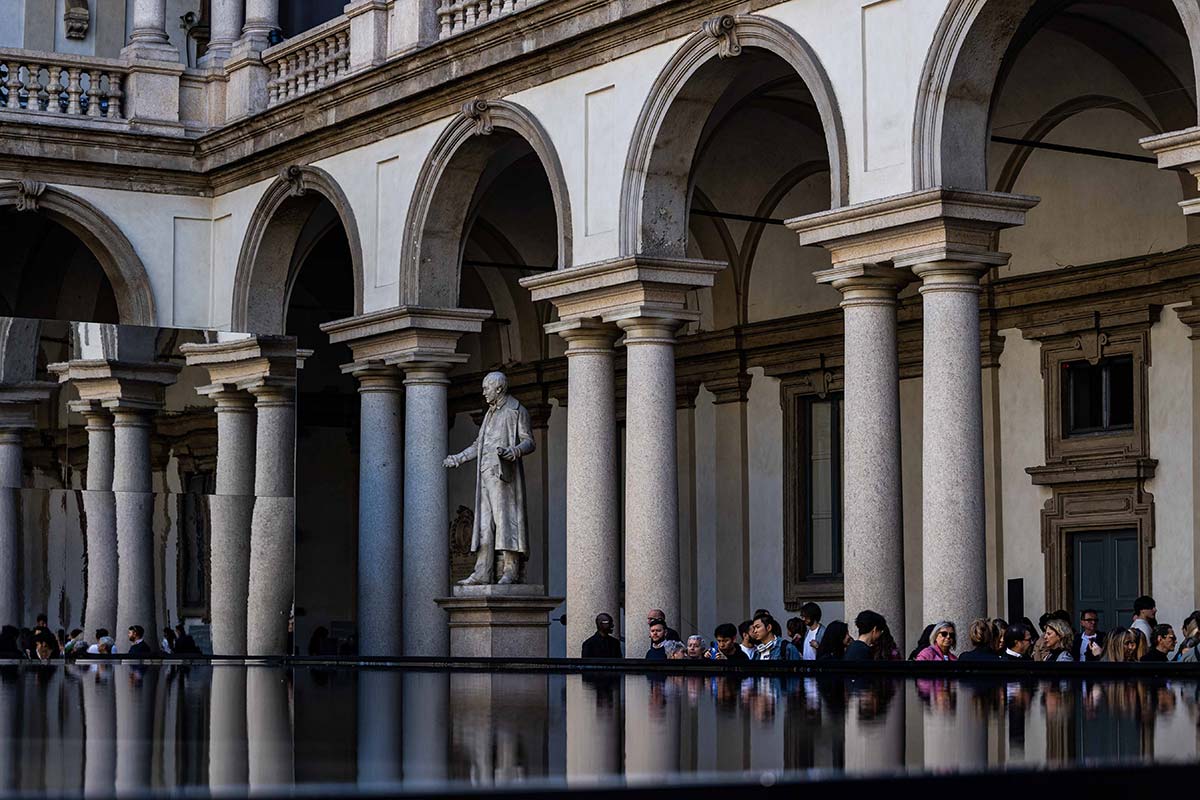
In your view, what are the values that make Brera Design District a unique, deeply identifying event for the city?
There is no other place in the world with such a concentration and density of international design brands of the highest quality in such a compact geographical area. The entire design world wants to be there during the Fuorisalone, because Brera is one of the 10 words that best indicate Milan in the world. According to everyone, this is the only neighborhood of the city that has kept faith with its own character: its mixture of geographical identity, artistic and commercial spirit, lifestyle and venues for dining and drinking, make it a unique and very special showcase. Our work has been to define the week of the Fuorisalone as Brera Design District, to transform it into a brand that oversees Brera Design Week, which now has a home in the Brera Design Apartment, and a platform of operative services year round for events and launches (Brera Location). To come full circle, the new development is the launch of a new biannual print magazine with a focus on the area.
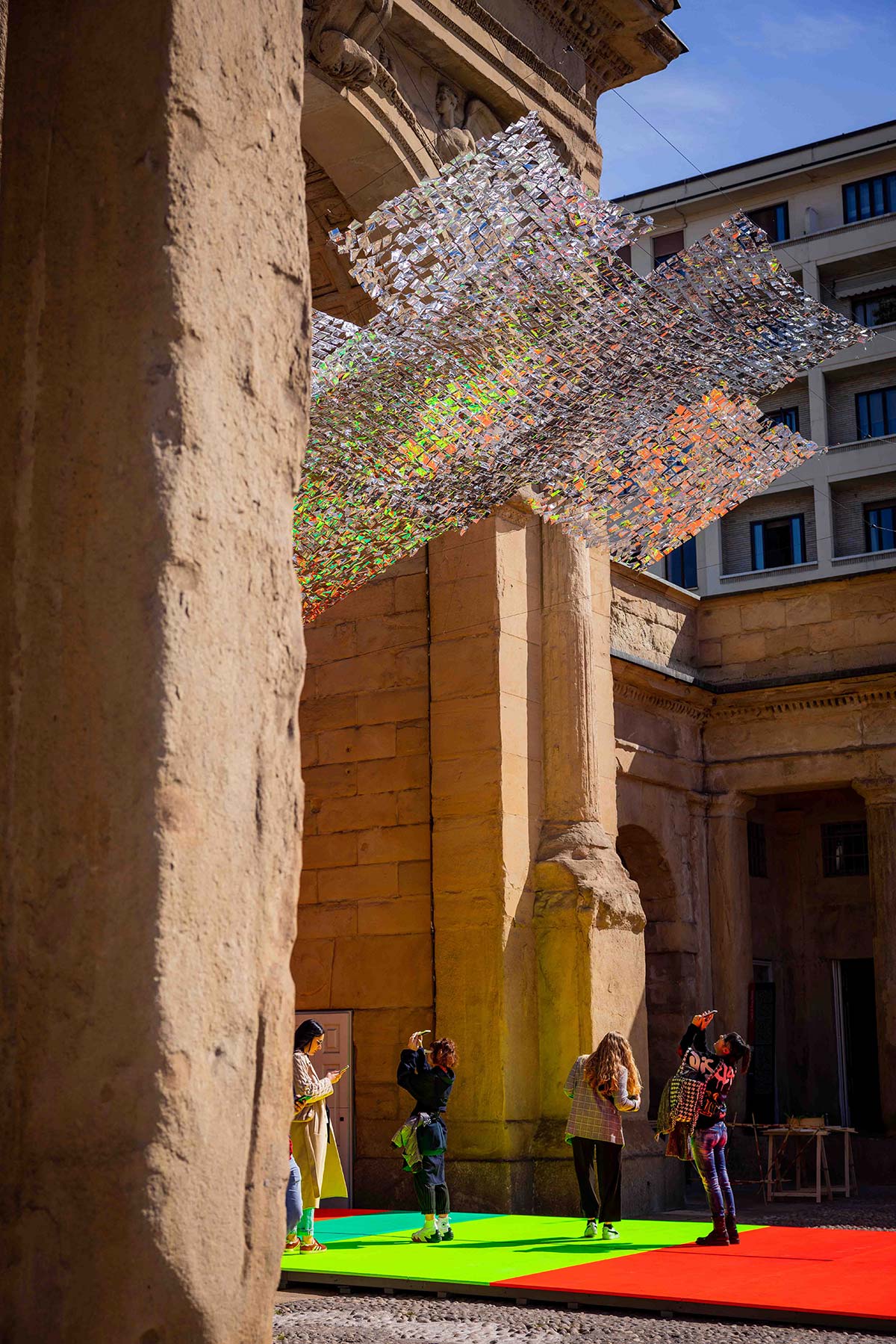
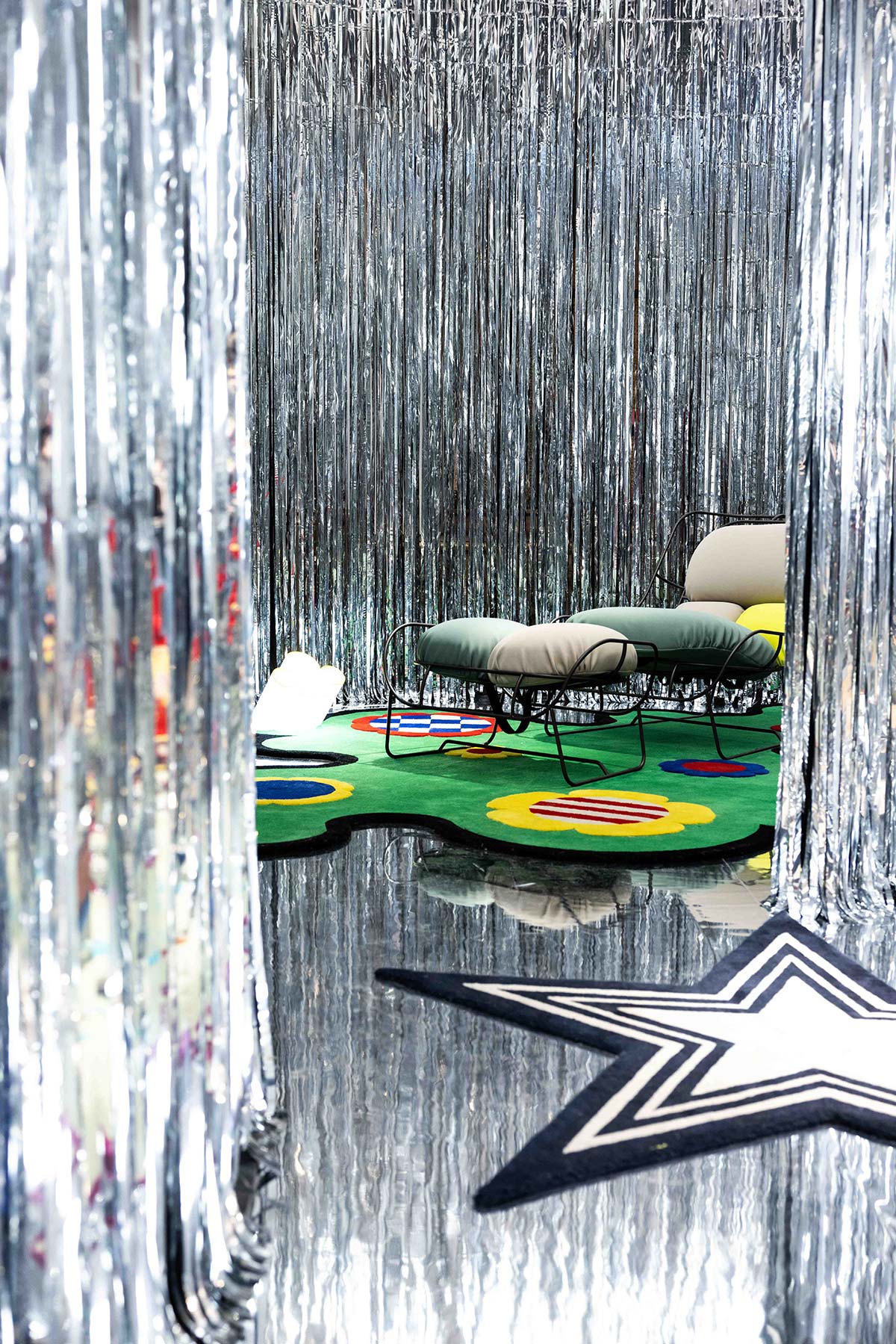
The Fuorisalone would not exist without the Salone del Mobile. Today we hear talk of fewer exhibitors taking part at the fair, almost suggesting that buyers are oriented towards events in the city. What do you think?
The Salone del Mobile is fundamental. The design week in Milan brings together two dimensions: the fair, and the urban event. The fair is run by an organizational body with clear objectives, while the city regenerates spontaneously, without any central management. The Fuorisalone has brought innovation and the unexpected, as a result of initiatives that are not controlled or planned. It has evolved through the creation of districts and unique projects, such as Alcova and Capsule Plaza, which have been independently developed. But the dialogue with the Salone del Mobile has been fundamental, so much so that for the second year we will be offering a guided itinerary through the events of the city, both inside and outside the fair. The objective is to conserve the value both sides bring to Milan.
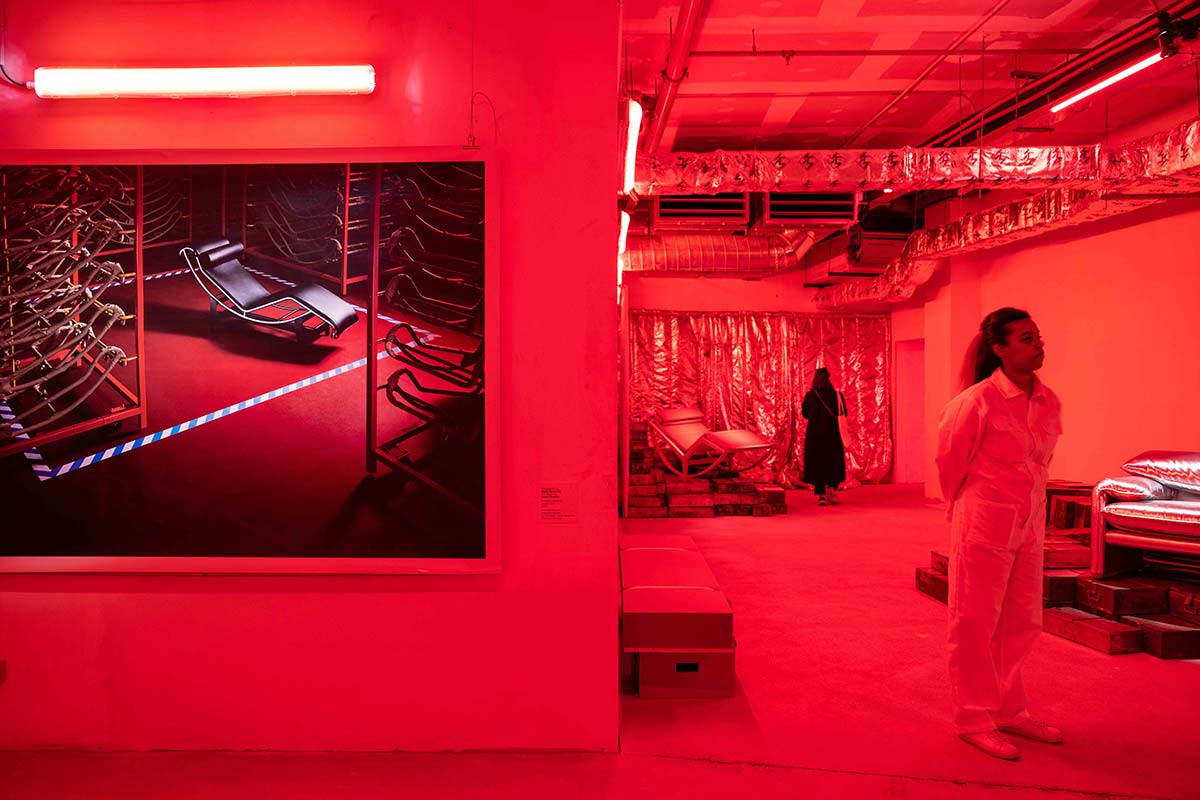
In your career, what has been the importance of your background as a designer, and having that kind of experience?
It has been fundamental. To have a design method and to apply it in a very clear way to approach challenges. This is what happens in the workshop of an artisan. I go back to Pierluigi Ghianda: Ettore Sottsass, Gae Aulenti, Vico Magistretti came to see him, each with a specific problem to solve; only through method, labor, persistence, dedication could he achieve the desired result. The designer acts as a director in complex processes, in dialogue with the various actors to formulate solutions that have often not been indicated by the client. This is the way we try to work, both as Studiolabo and in the development of all our projects.







